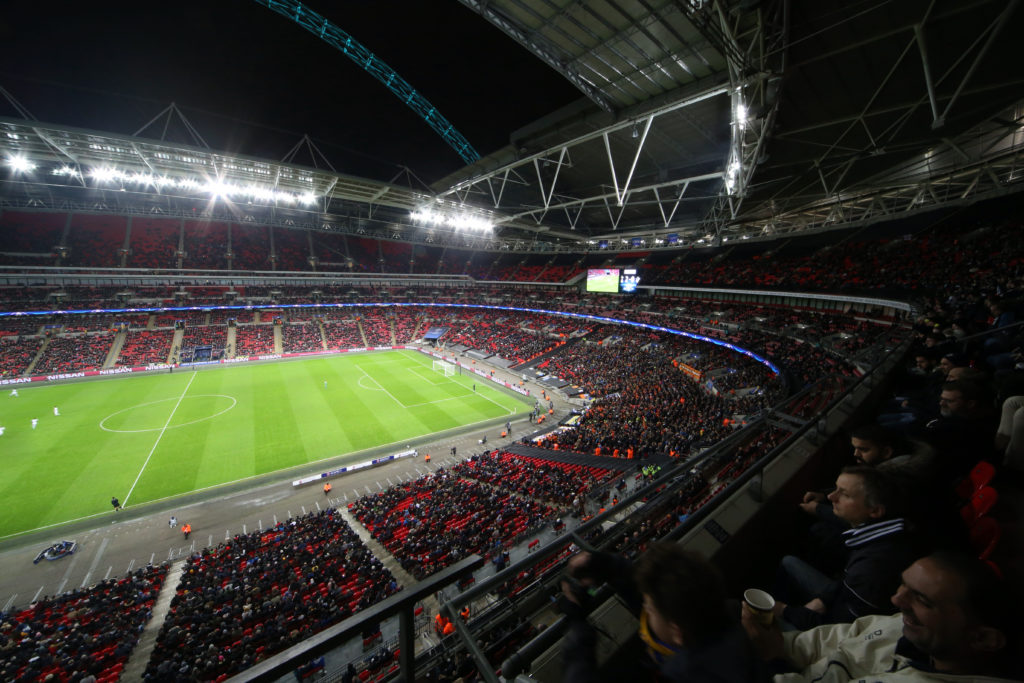
The integration of the psychosocial and dynamic nature of crowds has been something that we have been studying for over forty years. Throughout lockdown where work has been available, as a MOM team, we have been observing the differences in both the dynamic and psychosocial tensions and calmness of the crowd. We have spent time analysing motor racing, arenas, football stadia and green field site crowds to work through the individual, group, idiosyncratic and generic behaviours which take place.
On Thursday 30th September some of this information will be imparted through a special one off interactive seminar in partnership with Cranfield University. The seminar will cover a range of topics and begins with a panel of arena, stadium and iconic event managers talking about their hopes for the future at their venues, as well as their reflections on Covid. Four bespoke sessions will also be held each focusing on a different area of crowd management.
Further information on this interactive seminar and application details can be found at:
We have observed and analysed the norms and values inherent in the different crowds and how this is adapted in either positive, or negative, social behaviours and how these affect the general manner in which the dynamics of the crowd change or remain the same. Often the weather plays a part as well as the numbers attending and their idiosyncratic behaviours in different parts of the event footprint.
Just a few of the many and varied observations are shown here. This fascinating area created new theory, and of course room for discussion, which provided the team with many days of conversation. For instance, at F1 this year we observed sun shade migration around the circuit, where shade became a premium and spectators moved from shade to shade during the event where the temperature track side was upwards of 50 degrees. This created different patterns and flows, but owing to the audience typology and footprint size, there was room for substantial changes in flow when different behaviours occurred.
At football games it was clear that even with the best possible preparation and planning the mindset of many spectators was, to continue where they left off the previous season. Constant communication with them about wearing masks, social distancing and not to stand, had to be relayed by a multitude of communication channels. The creation of wayfinding and signage in some stadia, in a much-simplified manner, supported a speedier ingress and egress than previously noticed and this had an effect on both sets of supporter behaviour, some positive and some not so positive.
Focusing on indoor venues, the testing protocols and spectator delivery are much more complicated and in one venue the team identified several key reasons for the unusual directional flow and behaviour of the crowd entering the auditorium. The key messages taken from this observation were that a more managed approach to both those already on the standing floor and those ingressing and egressing both the venue, and the space, was needed. Managing how spectators entered and left changed the manner in which the crowd behaved and made those managing the event safer and more at ease.
These were just a few of the observations concerning the psychosocial and dynamic nature of crowds. More will be divulged during the seminar on the 30th September. Book your free place now!
To learn more about Mind Over Matter Consultancy visit our home page at https://www.momconsultancy.com/
